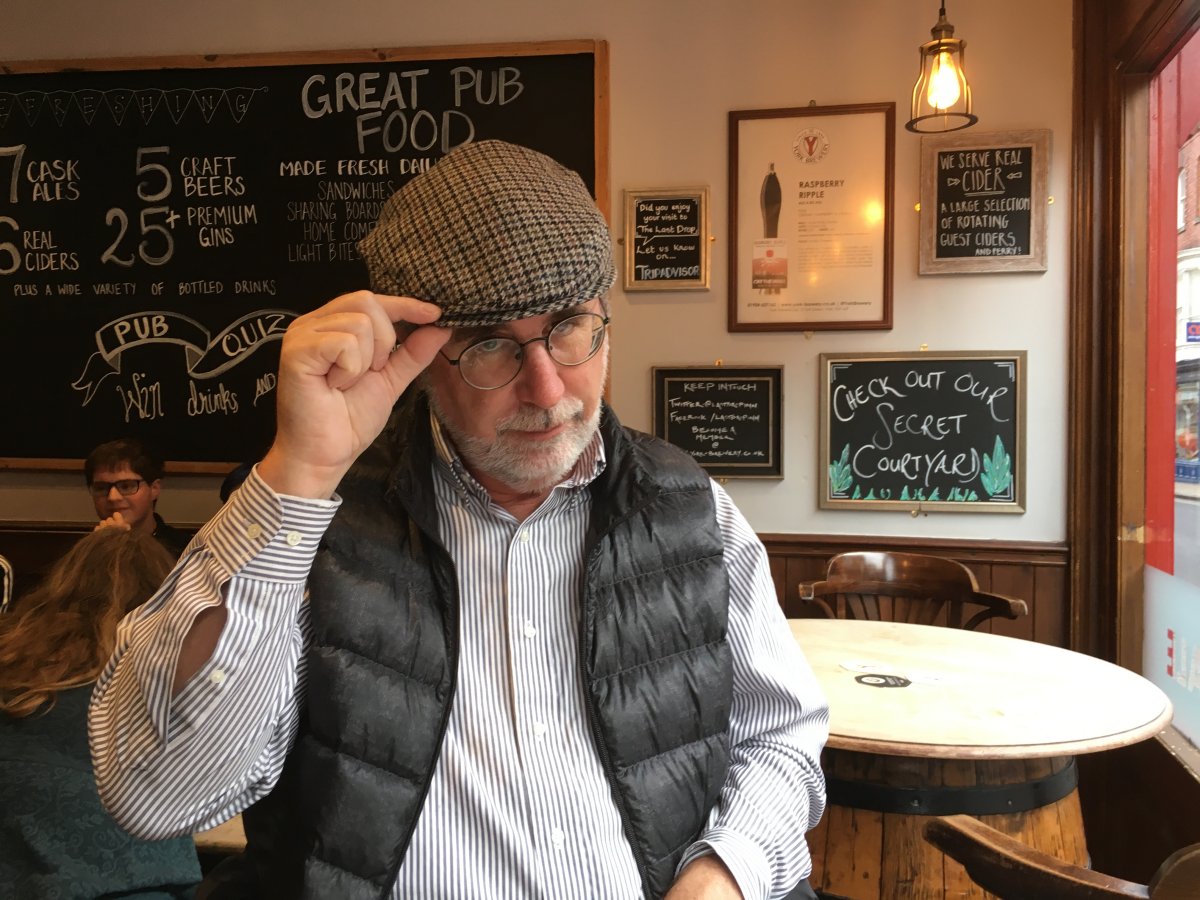England - Sep18 - York
The National Railway Museum is outside of the old walled city of York. So we left the Railway Museum, drove to our hotel, parked the car and then spent the rest of the afternoon walking around York. The first thing we came to was Clifford's Tower, the remnants of a 13th century castle.
In AD 71, York was the northernmost Roman city in the empire and was known as Eboracum. In the fifth century,the Romans left, and York -- now called Eoforwic -- was the capital of the Anglo-Saxon kingdom of Northumbria. Later the Vikings came, and then it became a Danish trading center called Jorvik. The Normans came and built the Clifford's Tower castle and the city walls standing today. Medieval York became England's second city. York became the railway hub of northern England during the industrial revolution.
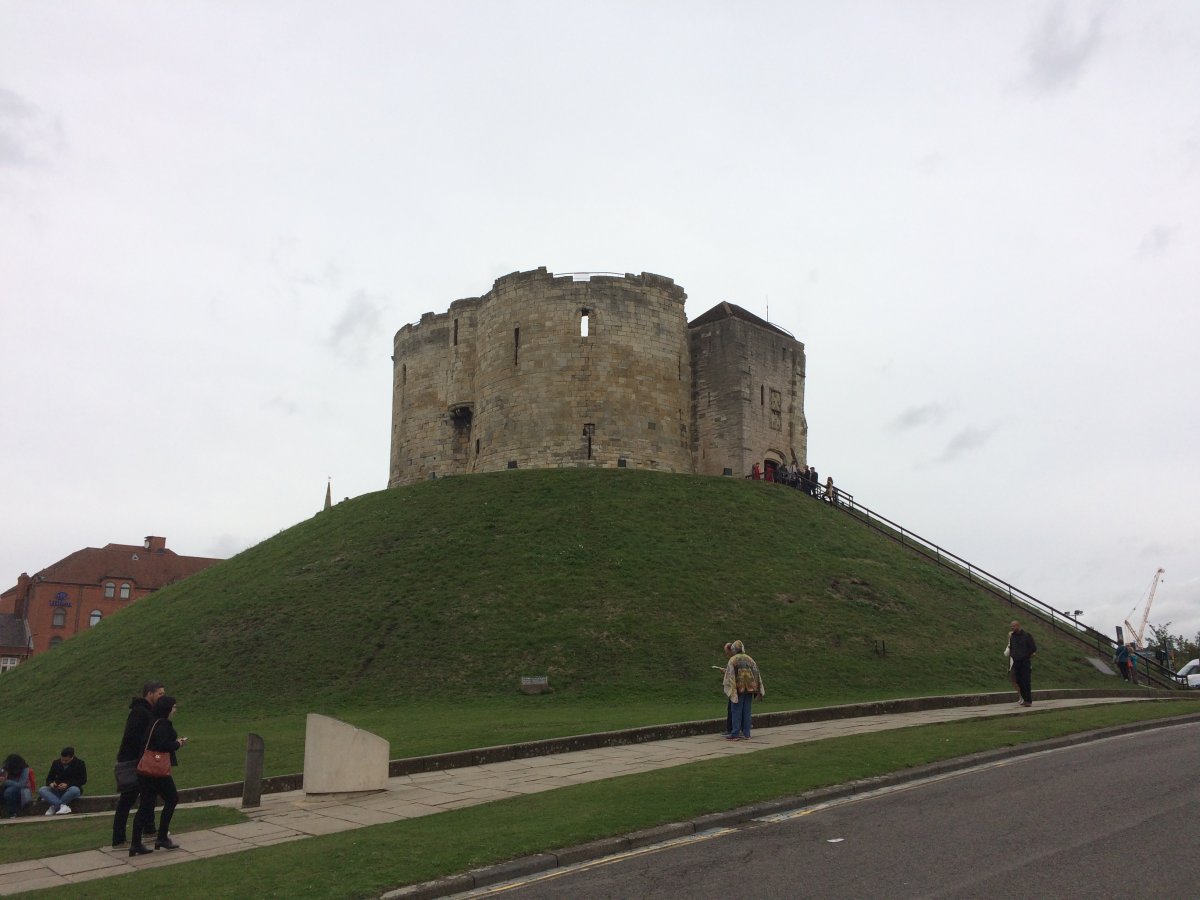
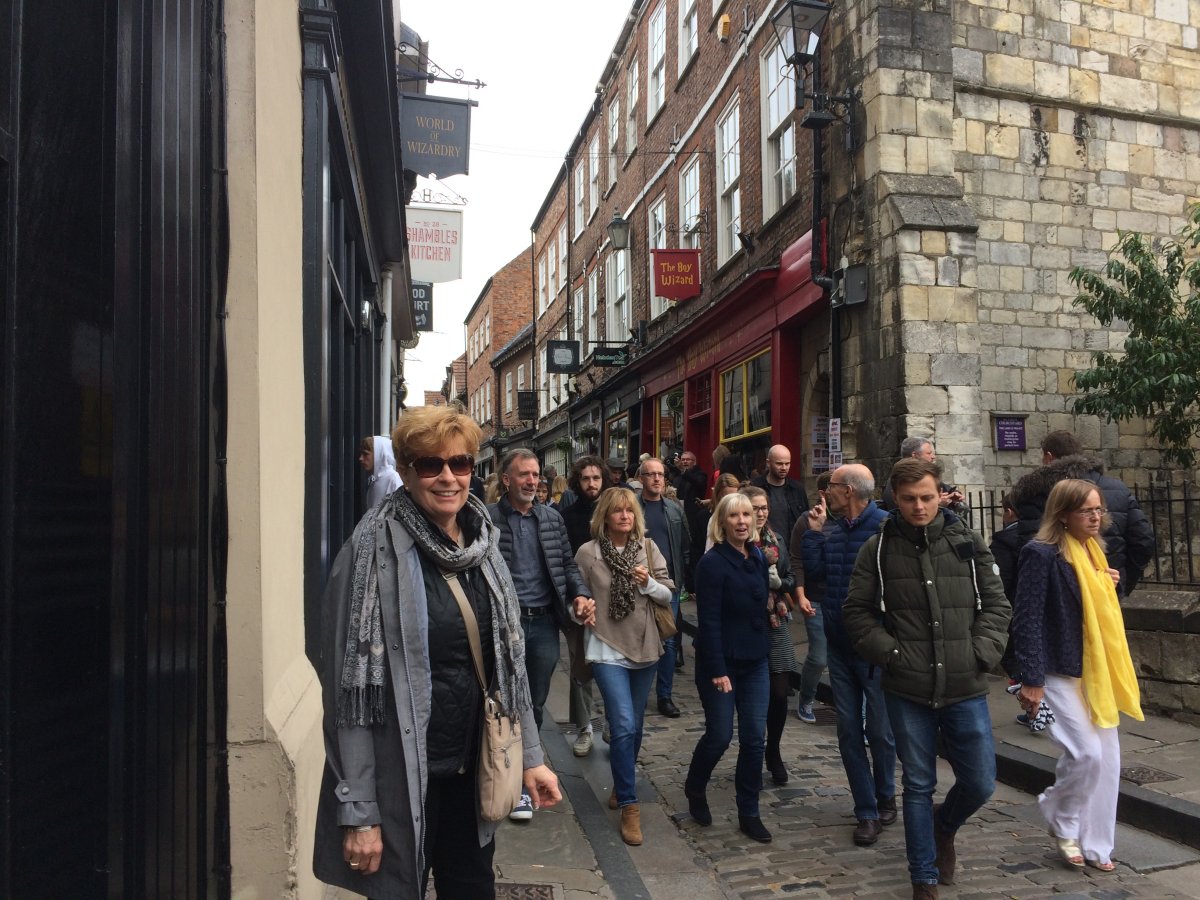
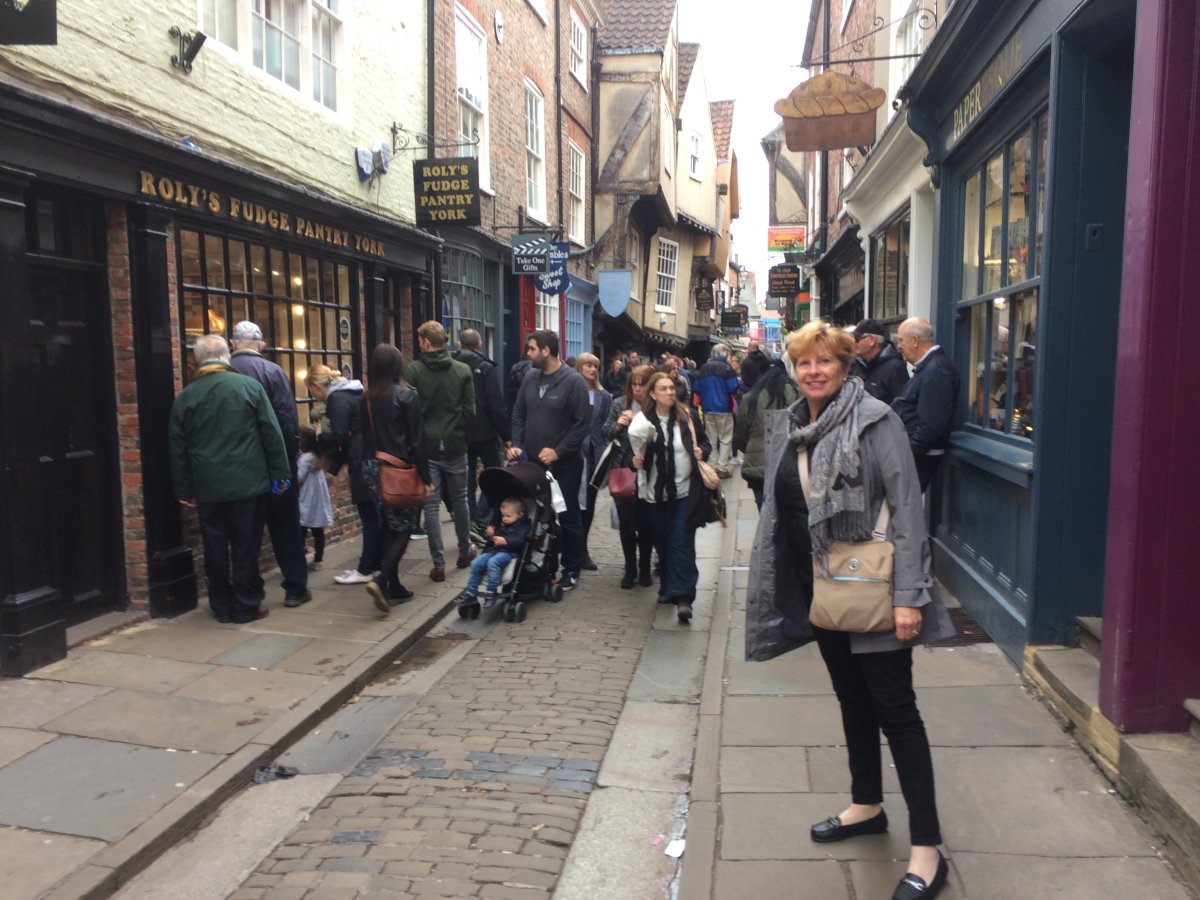
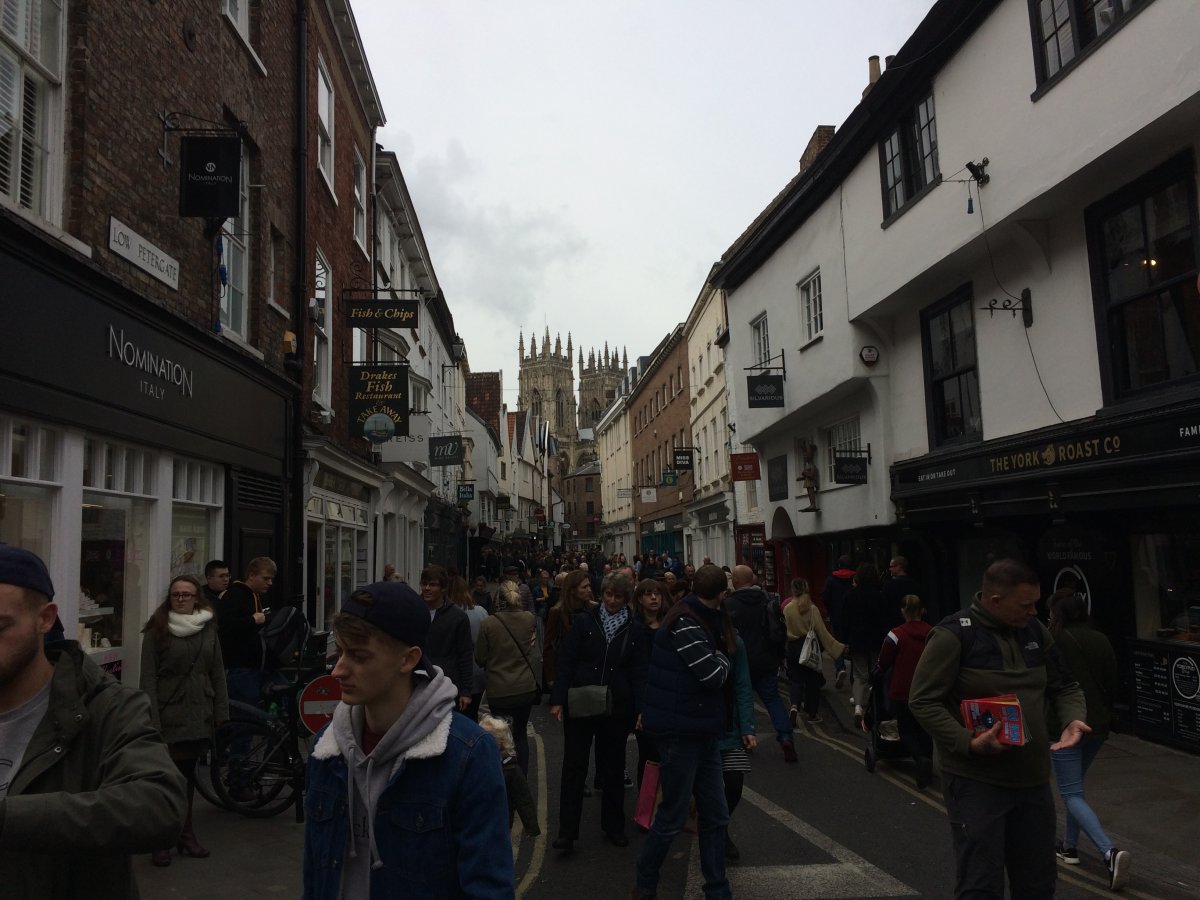


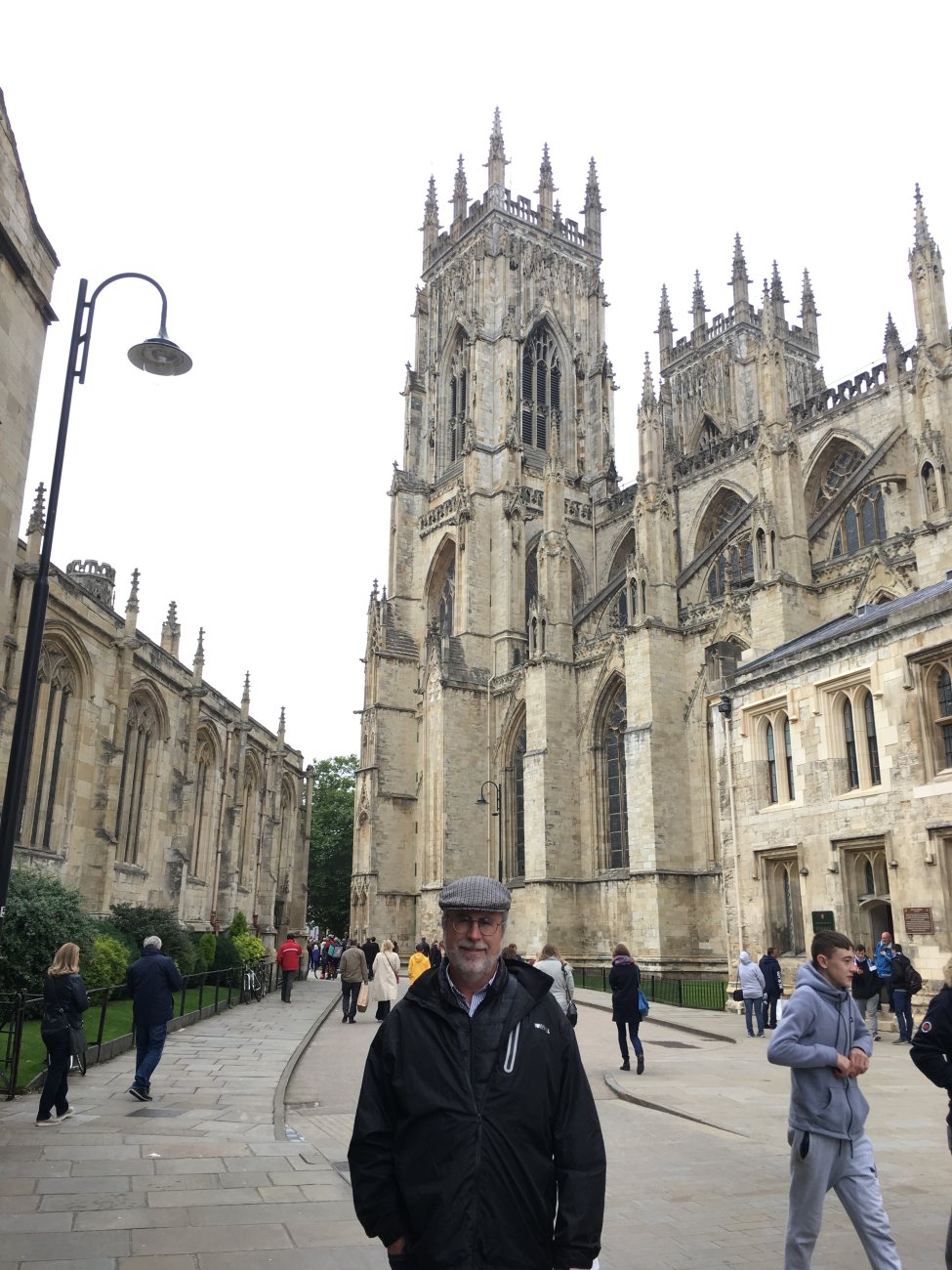
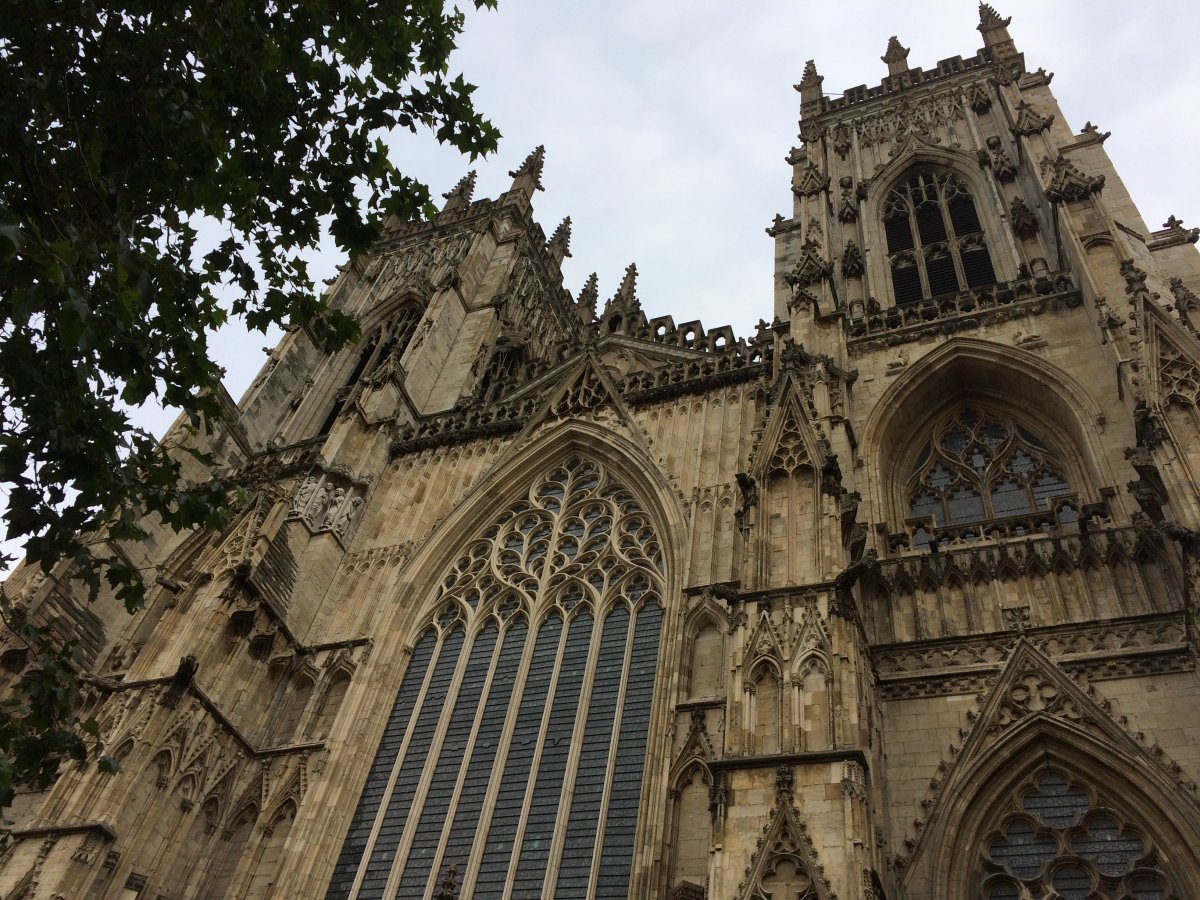
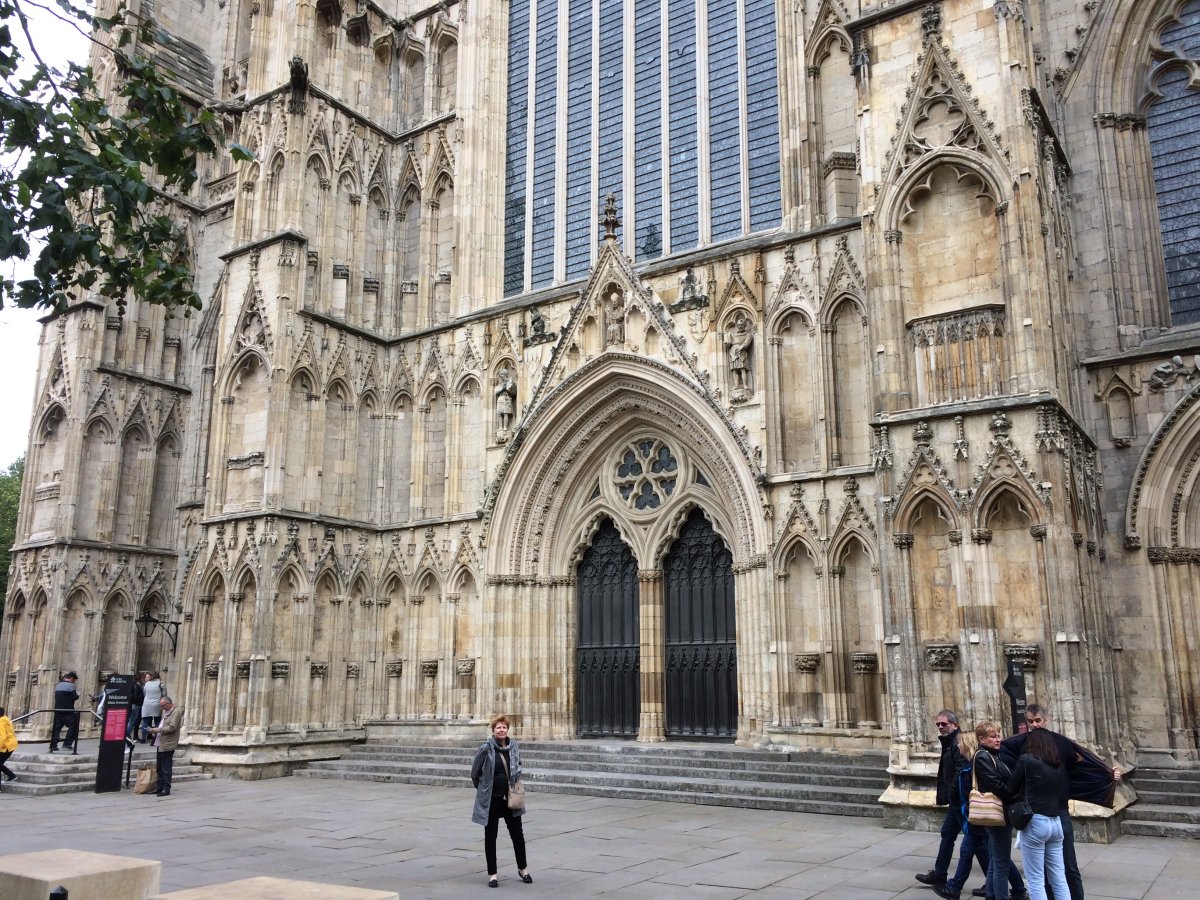
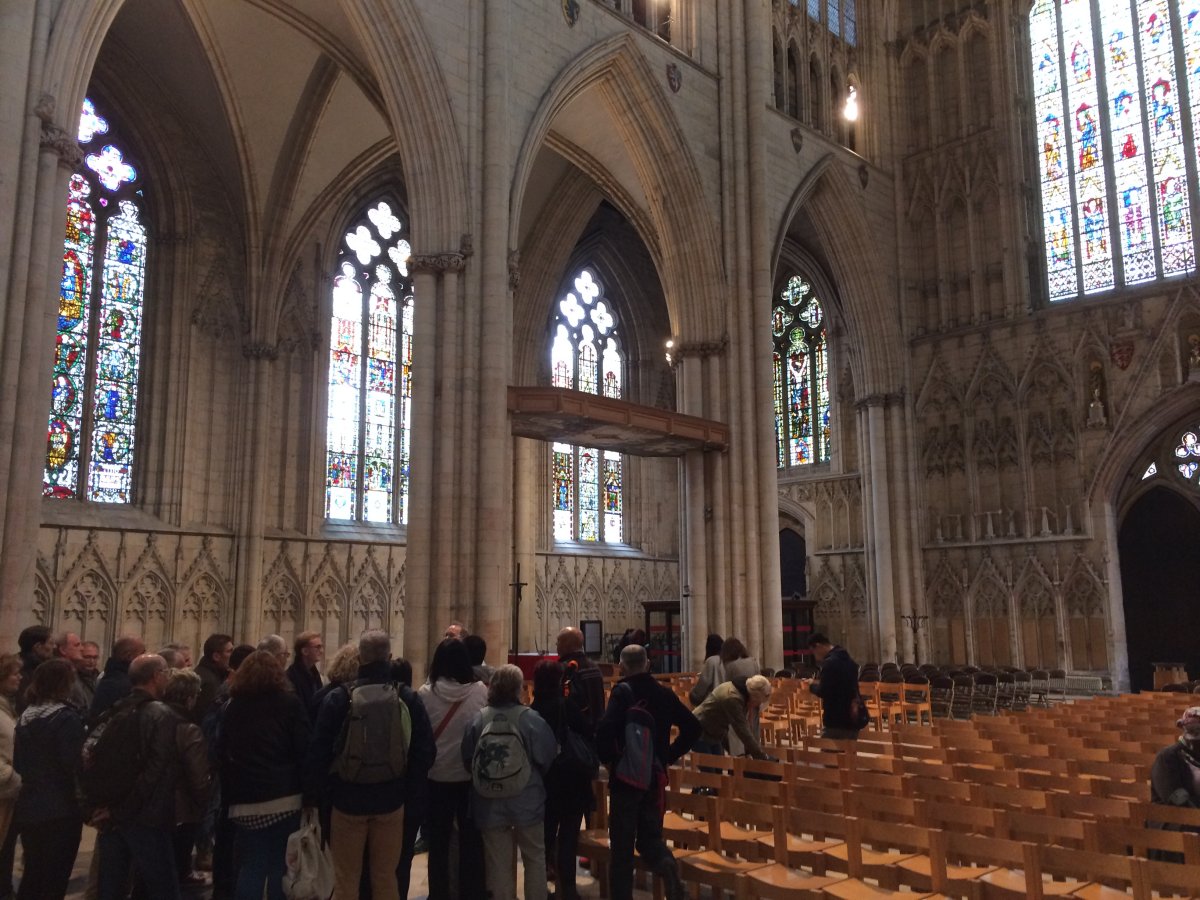
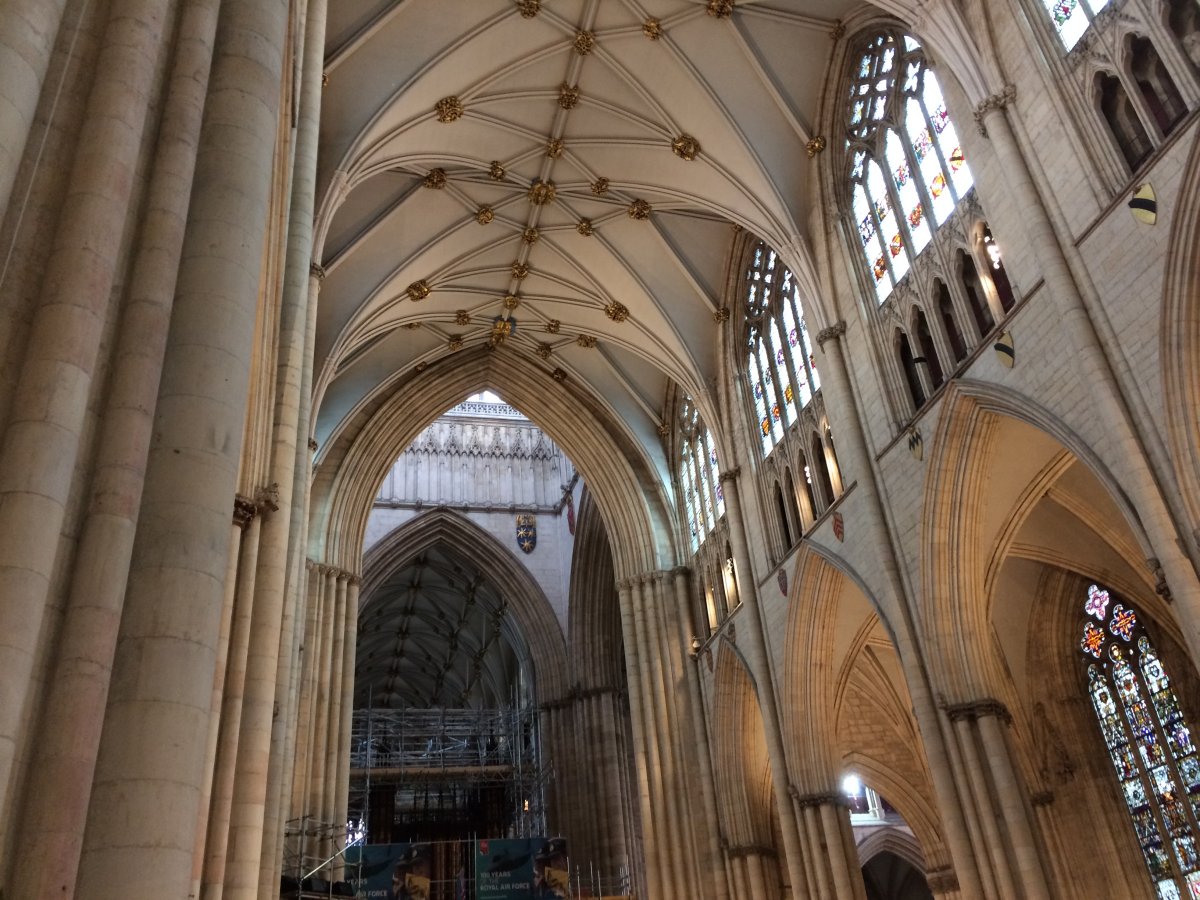
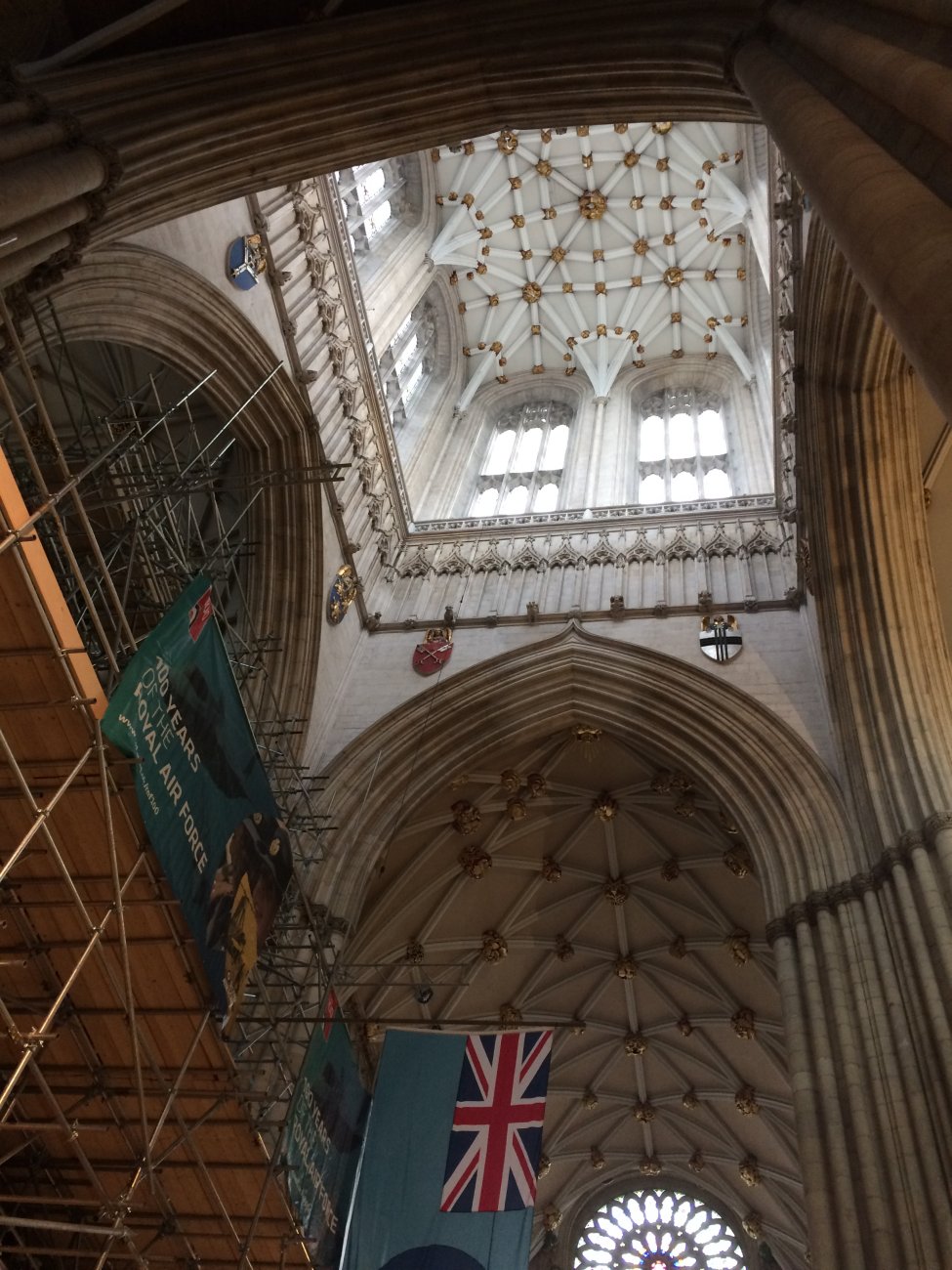
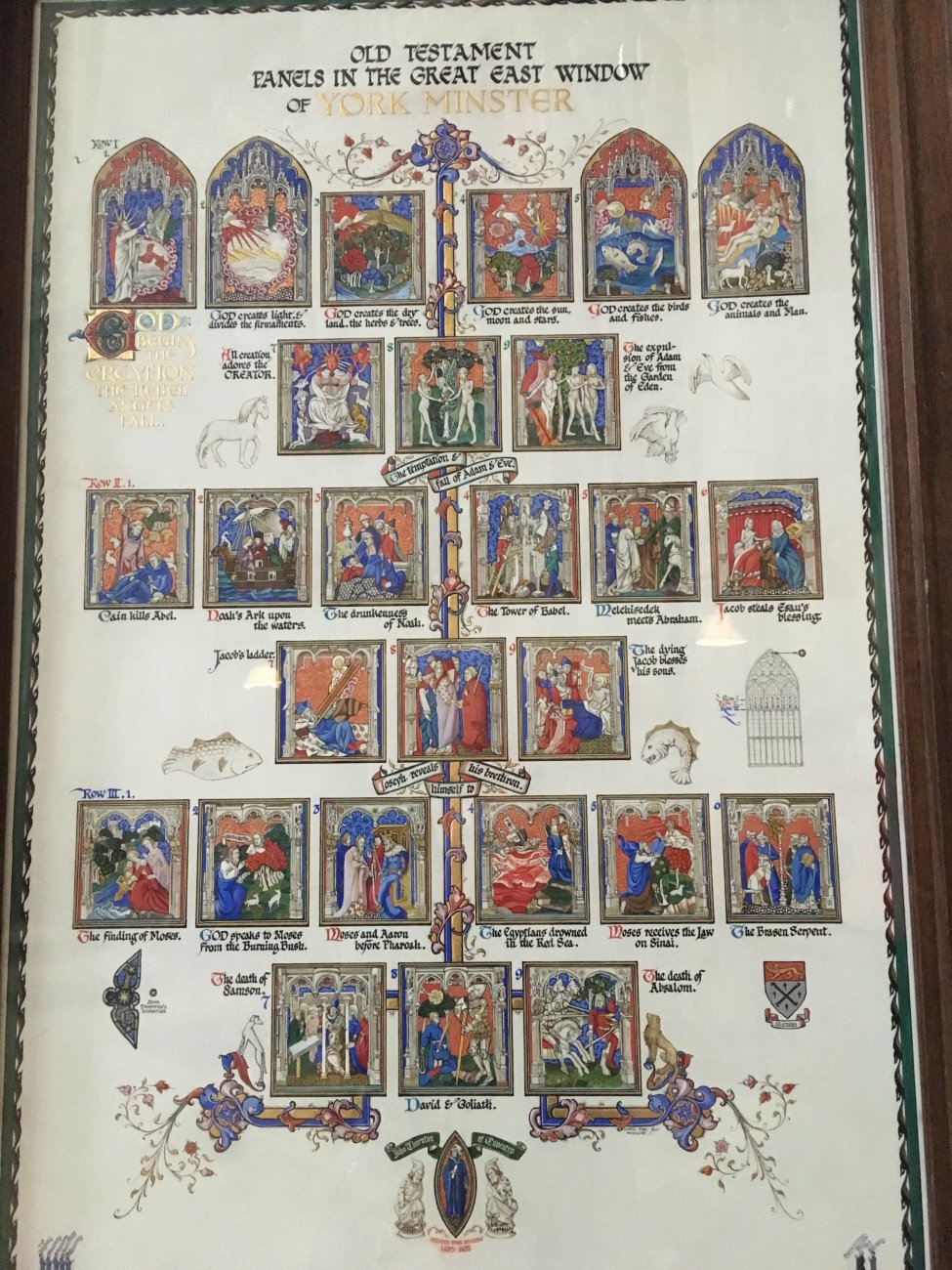
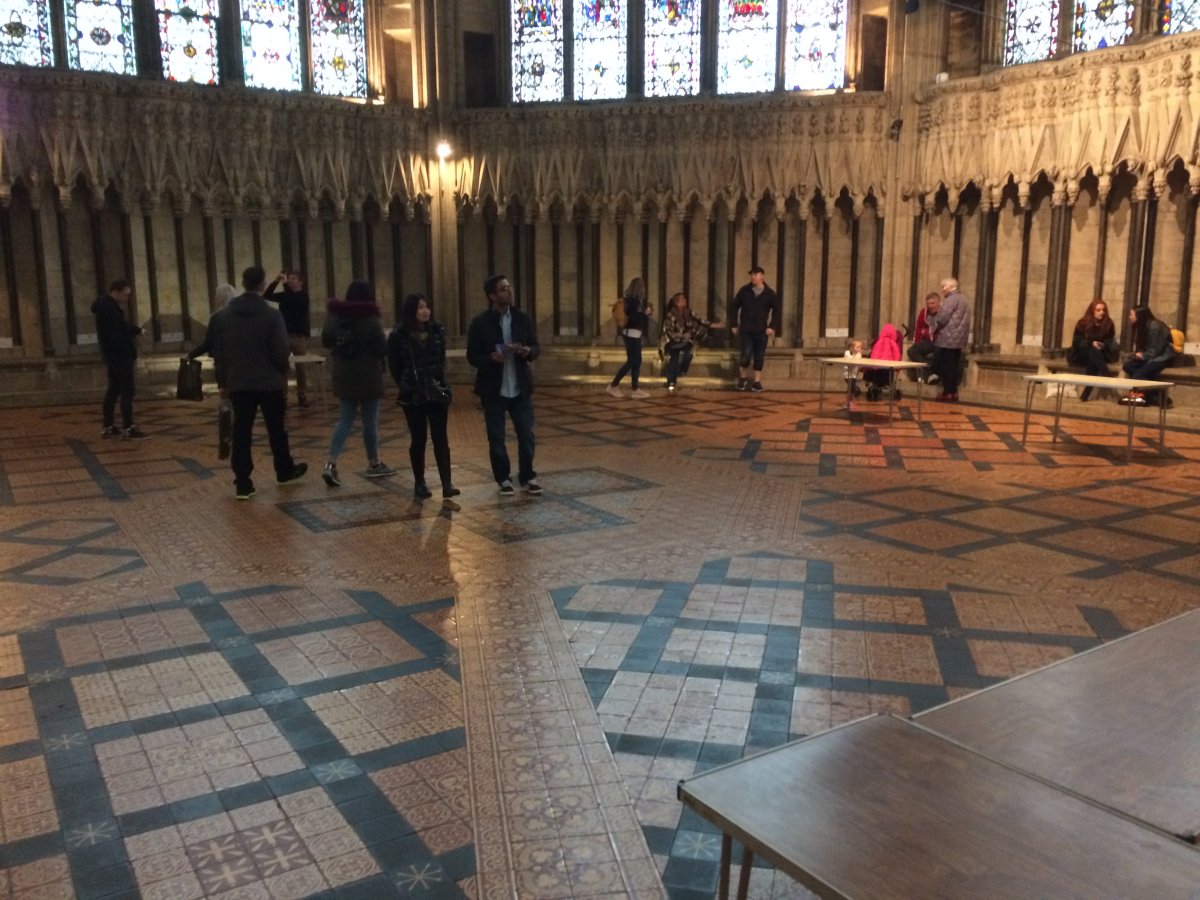
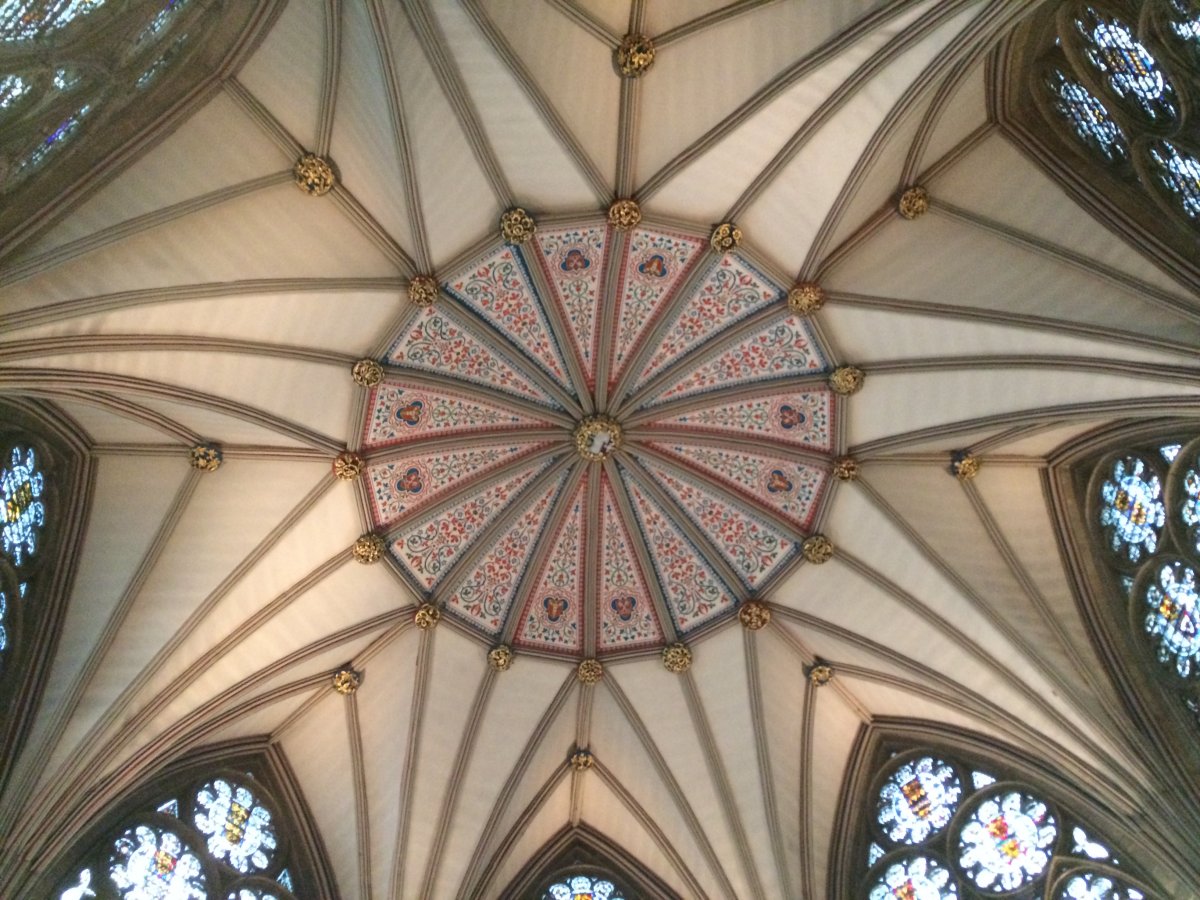
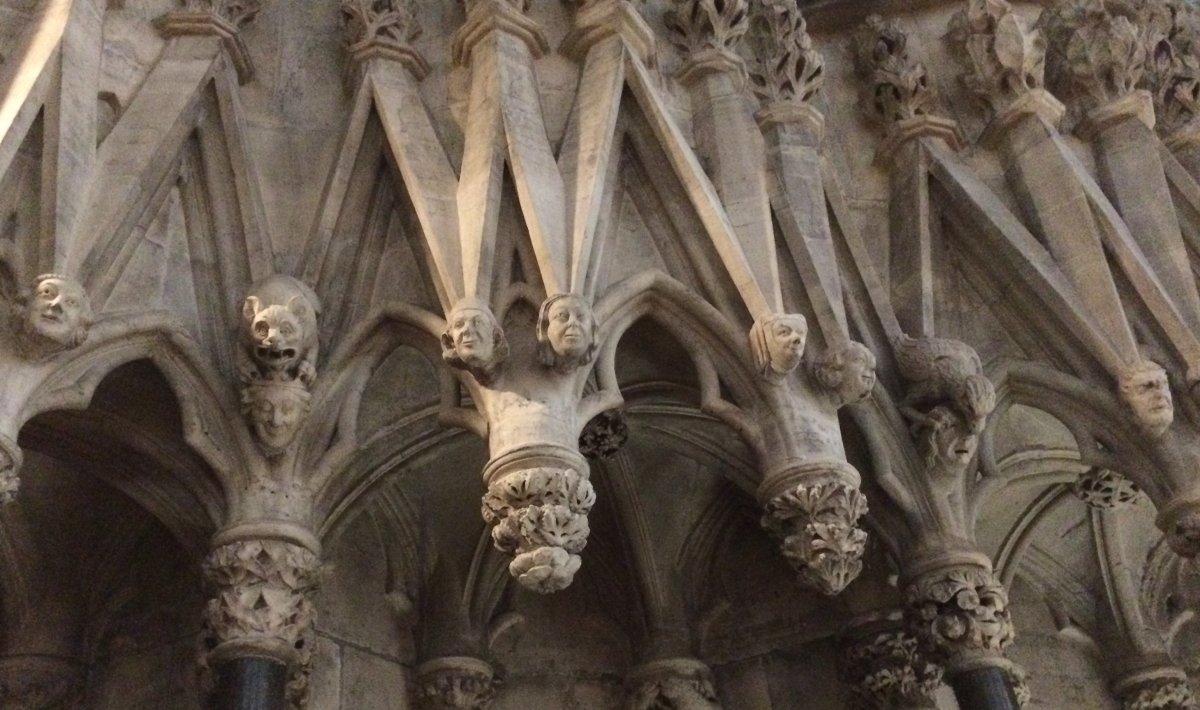
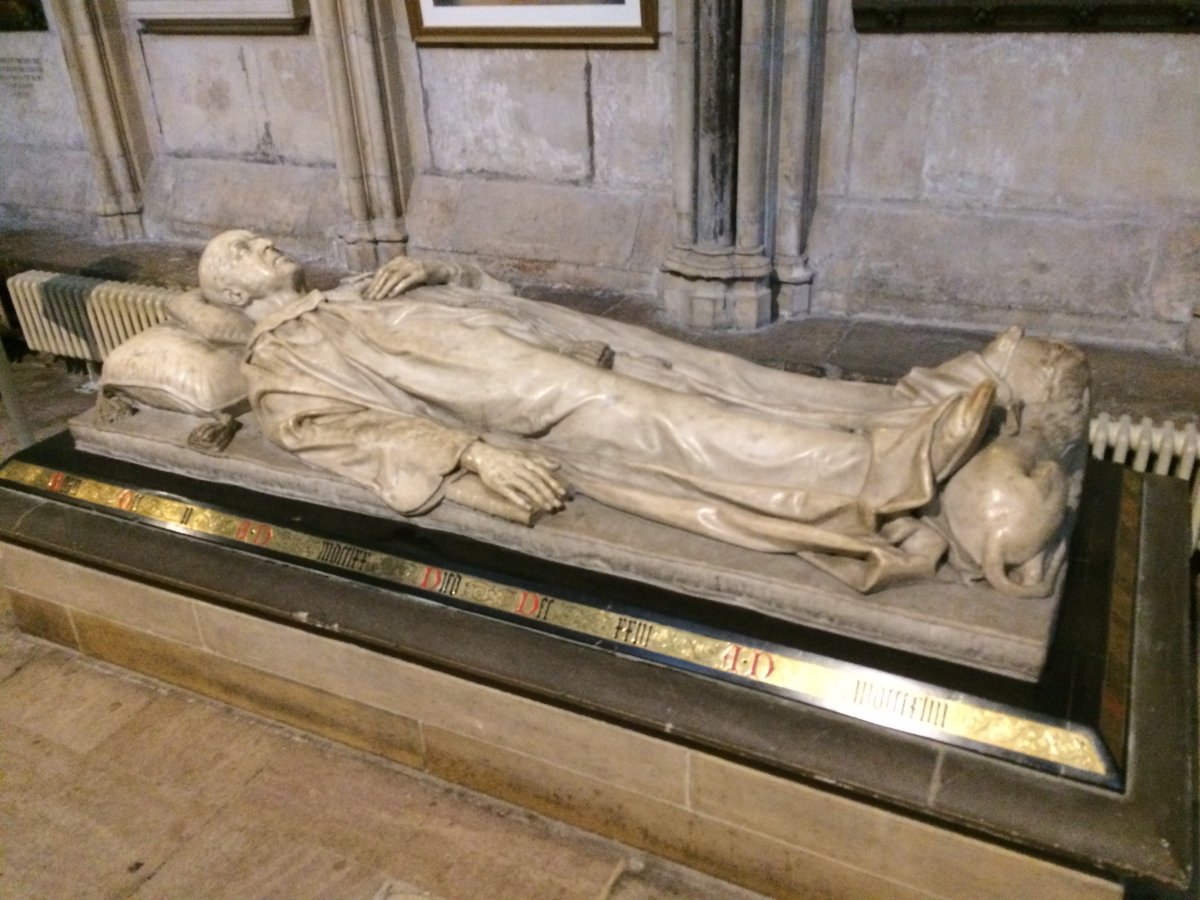
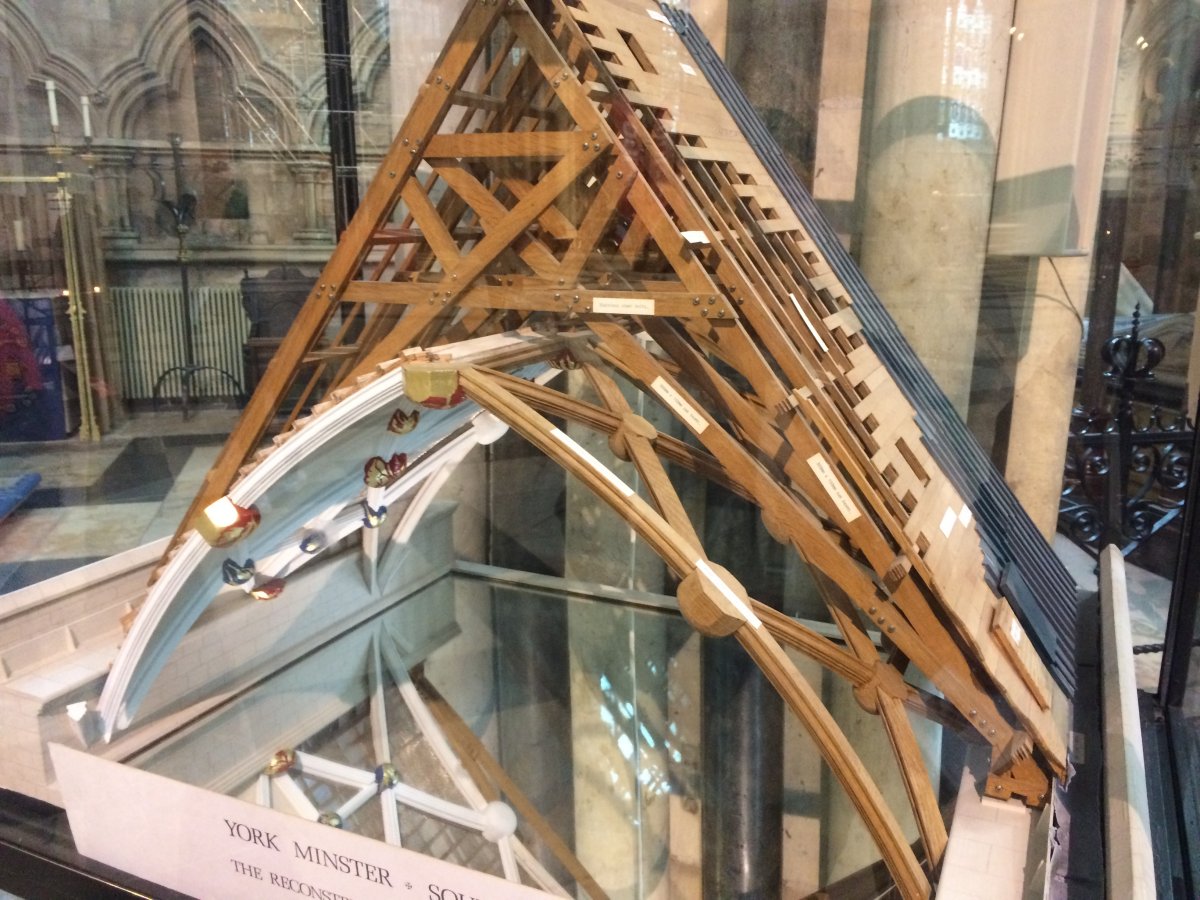
Underneath the Cathedral was the "Undercroft Museum". They needed to do some serious renovation work on the base of the cathedral -- the central tower nearly collapsed in 1967 -- and went they dug under it, they found the ruins of a Roman fort and basilica [a large oblong hall or building with double colonnades and a semicircular apse, used in ancient Rome as a court of law or for public assemblies].
Here is a patch of Roman frescoe from the basilica's anteroom (waiting room).
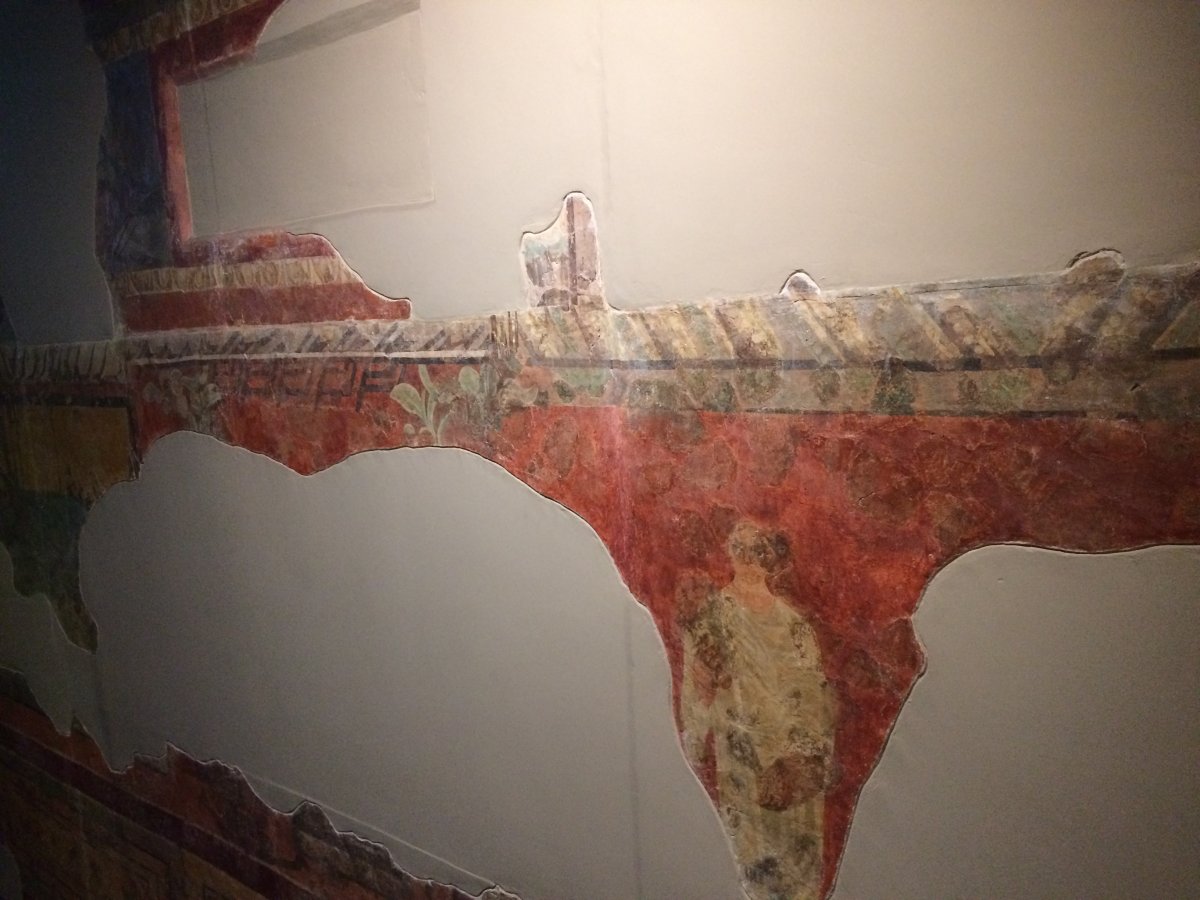

I was surprised to learn that Constantine was actually proclaimed -- "sworn in" by modern standards -- Emperor of Rome right here in York in AD 306. Constantine happened to be here when his father died so the troops declared him the Roman emperor at this site. As you know, Constantine was the Roman emperor who legalized Christianity.
I knew Rome occupied Britain, but I always thought of it as some far-off outpost. Six Roman emperors visited Britain; clearly it was an active part of their empire.
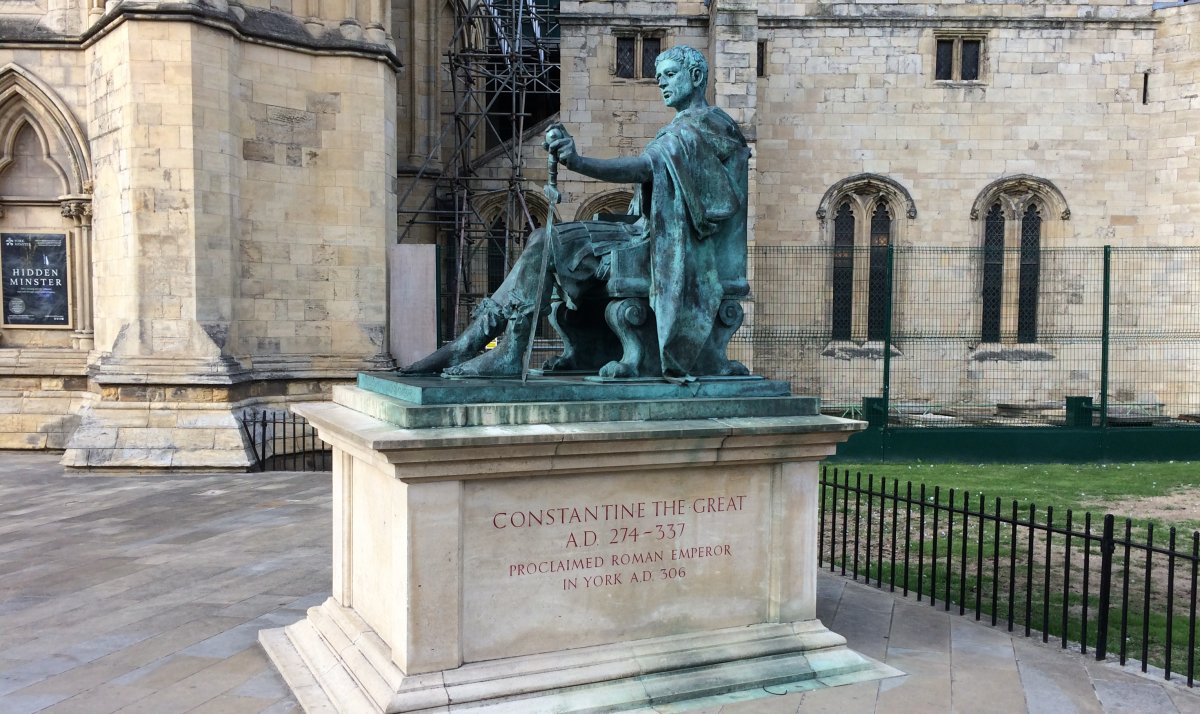
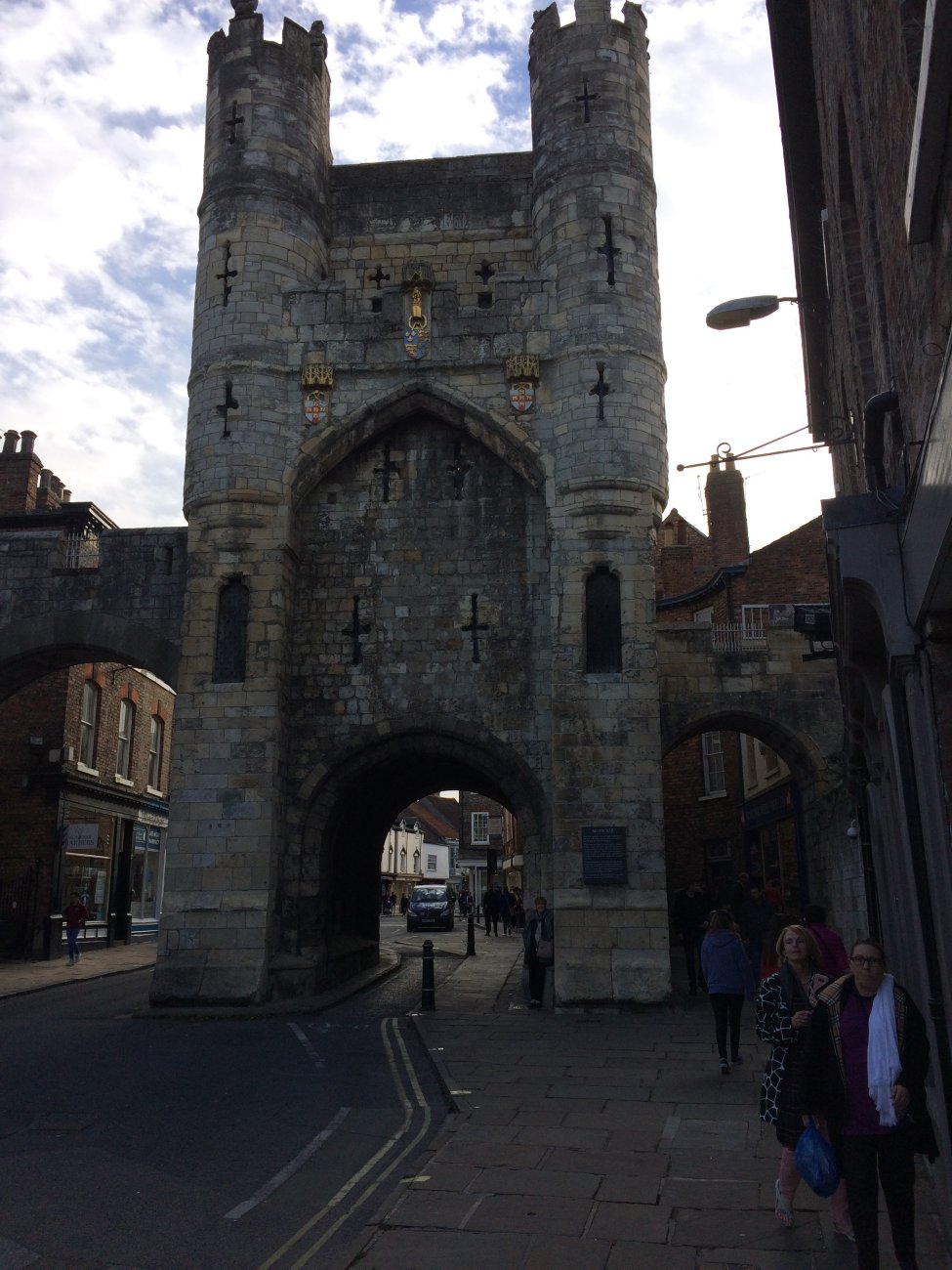
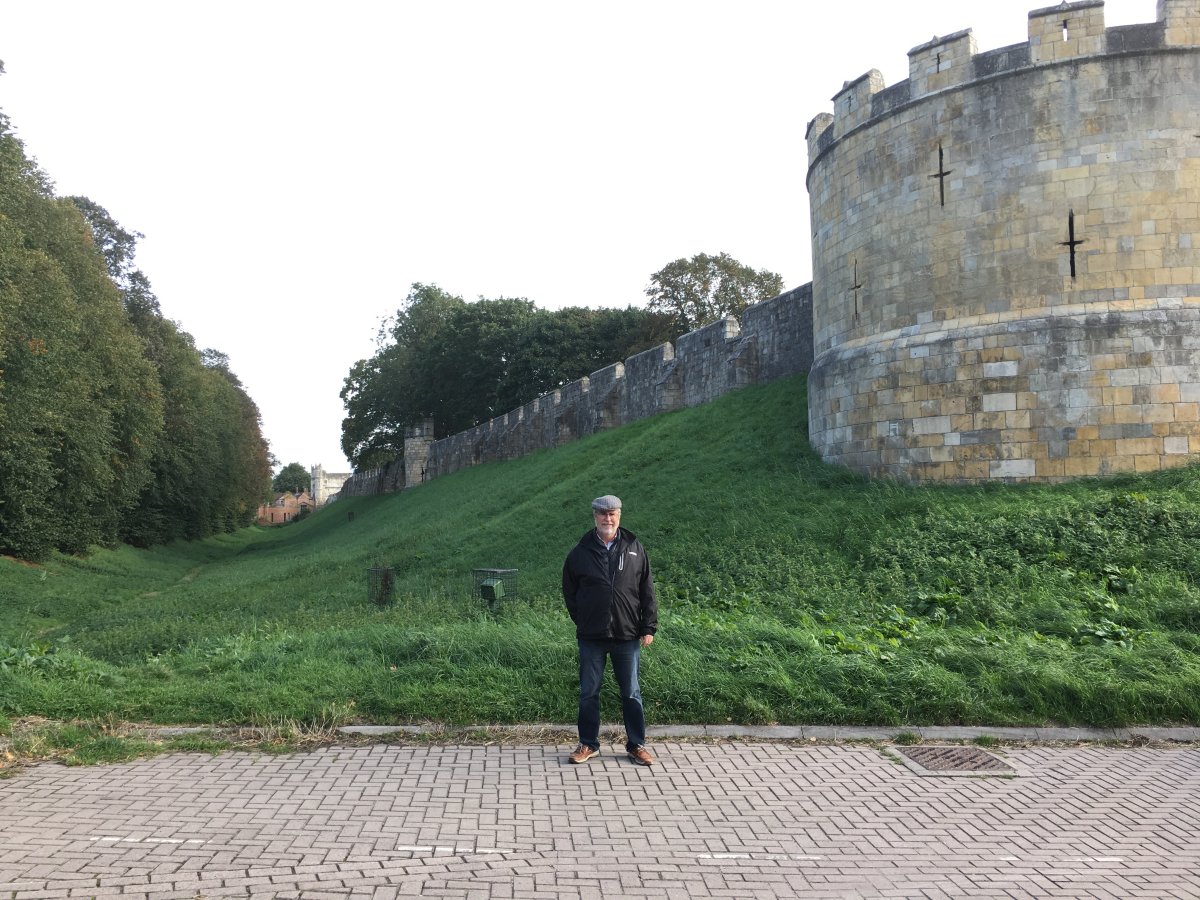
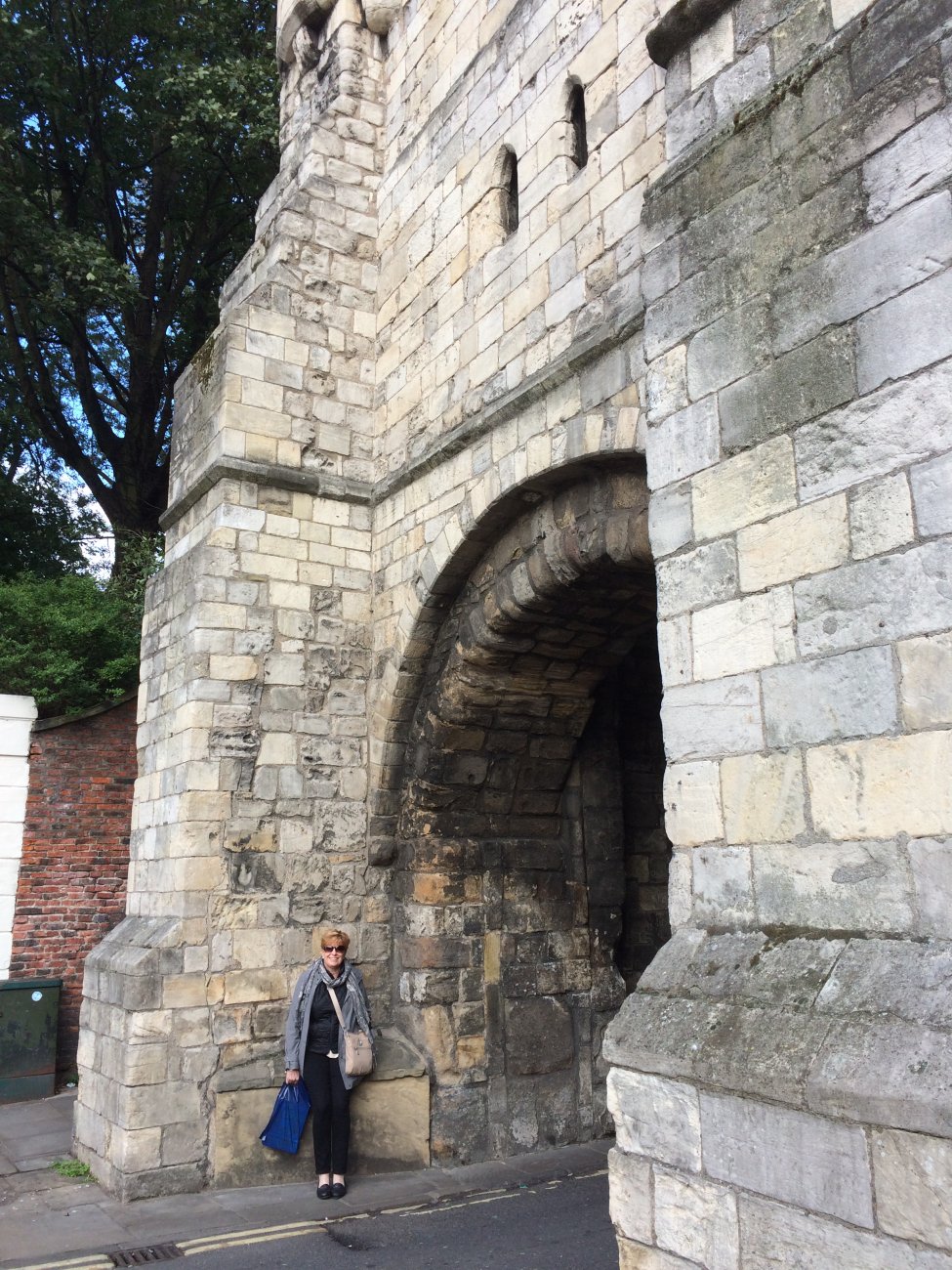
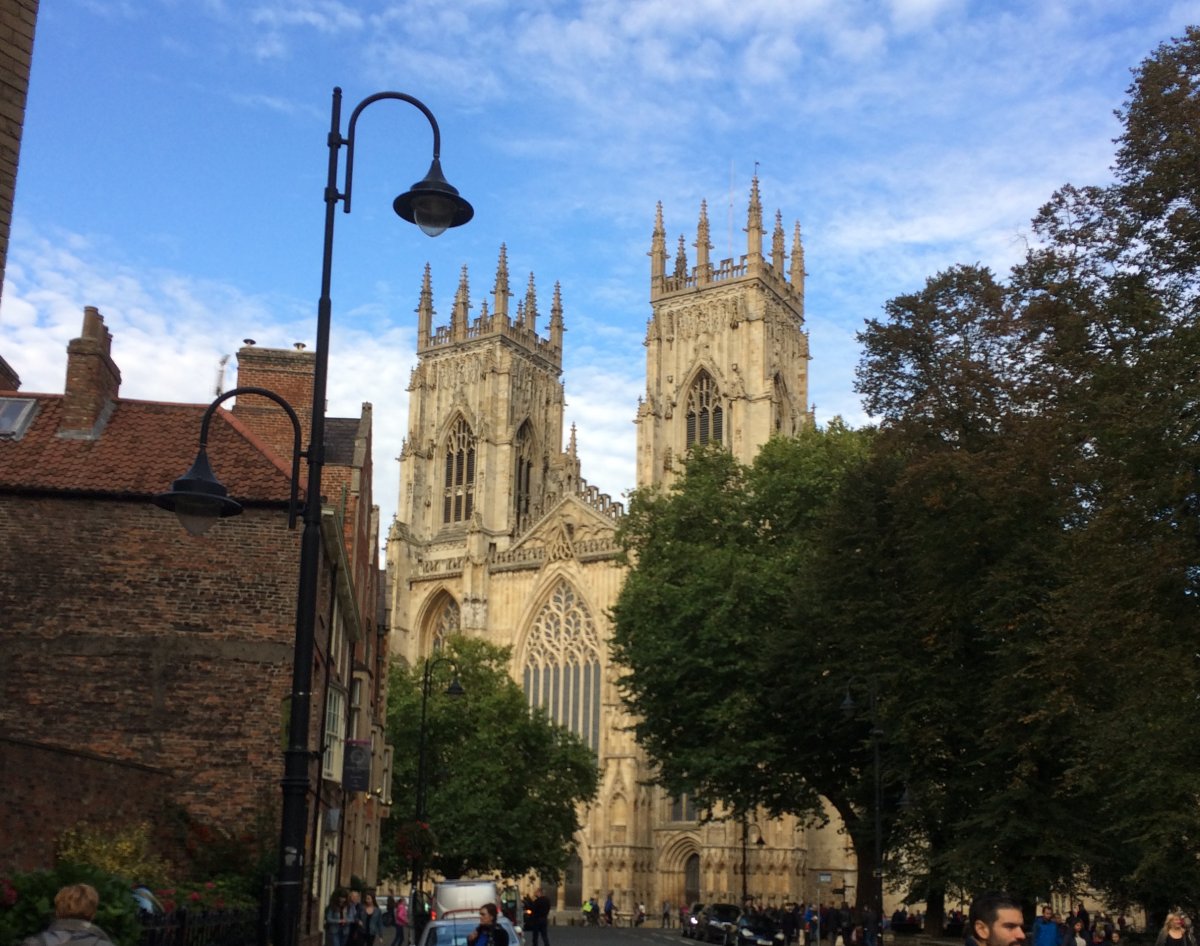
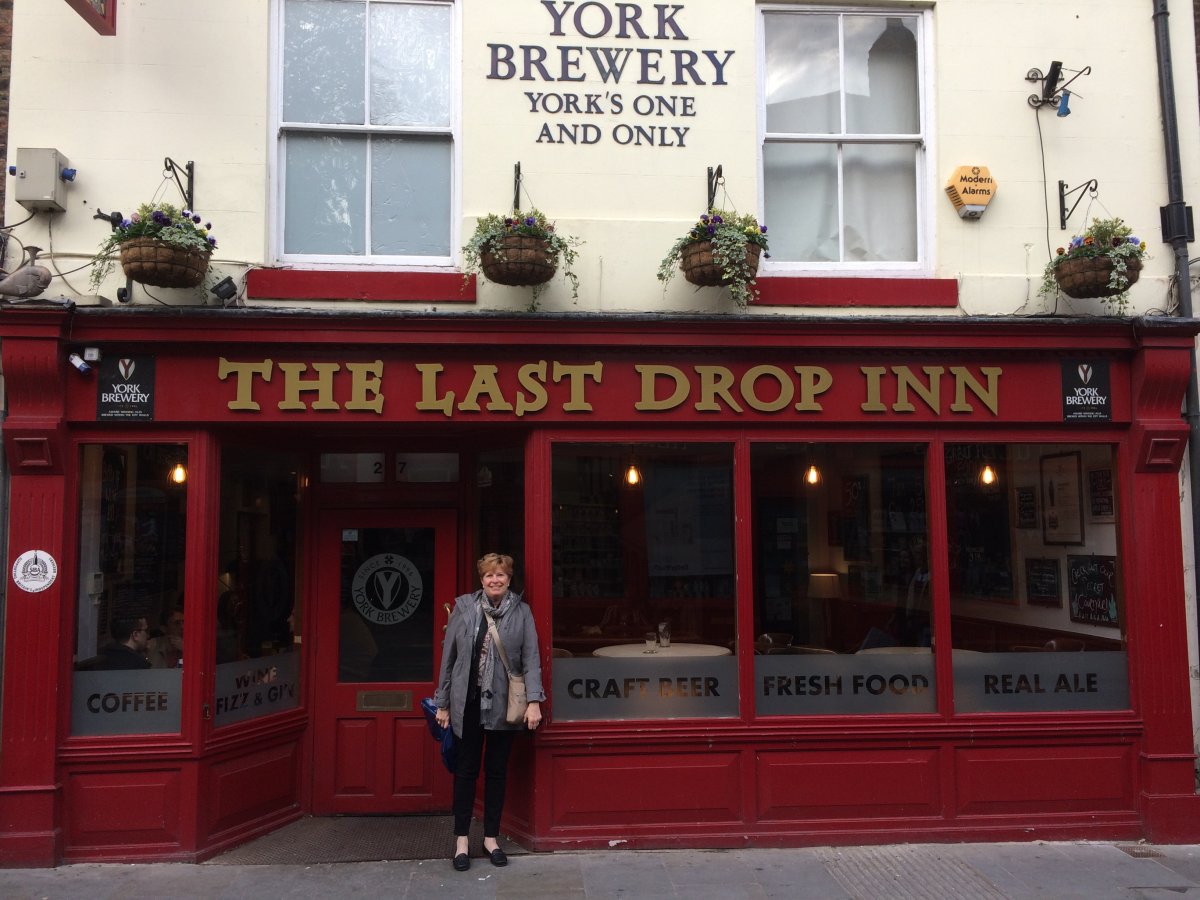
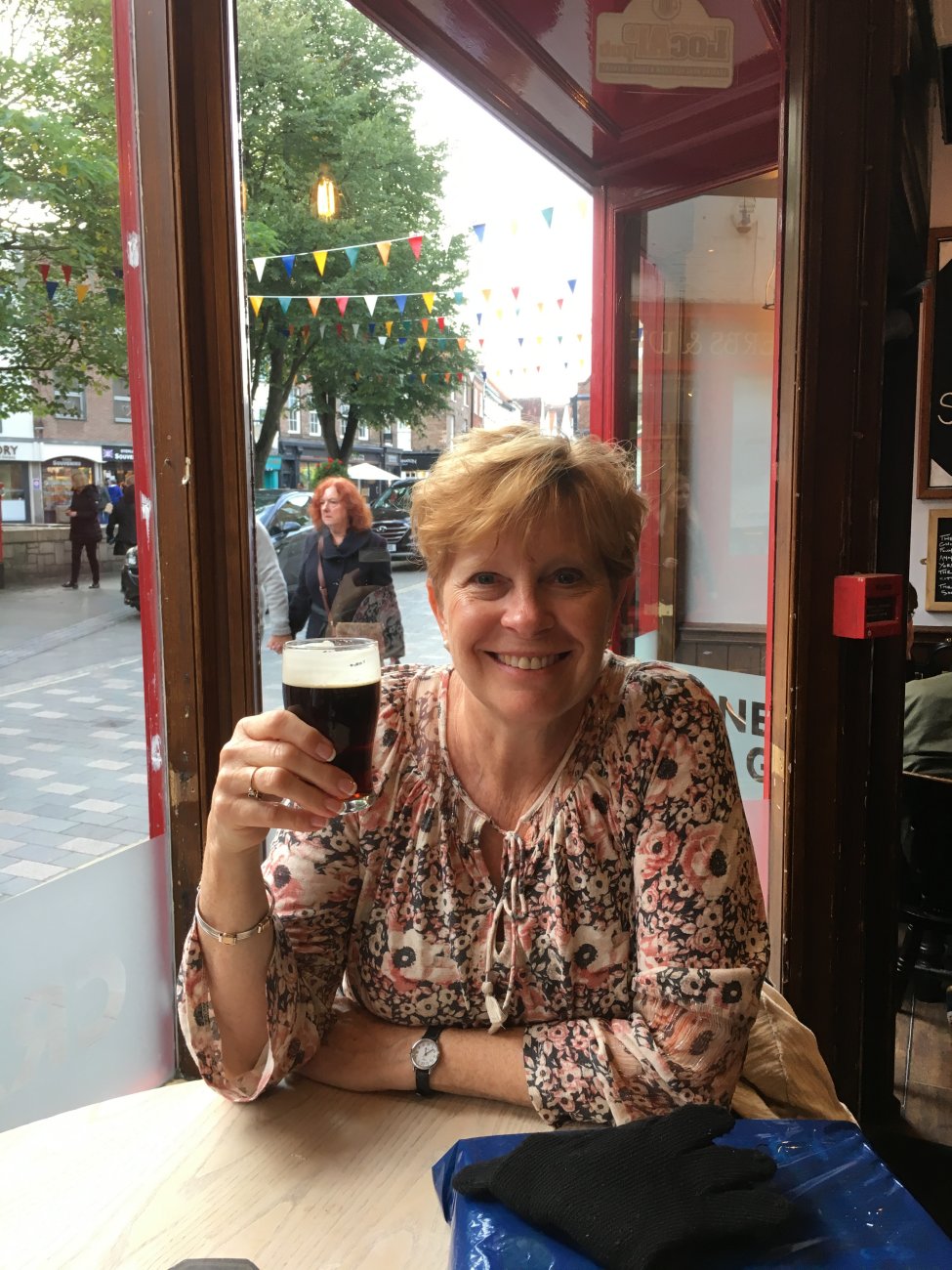
Looking good in my new English cap!
We had a great dinner in a little Italian restaurant recommended by Rick Steves called Il Paradiso del Cibo Ristorante Pizzeria. It was small, and we were lucky to get in without reservations. They must have turned away 15 couples that didn't have reservations.
York was a great town. We could easily have spent another day here. Here are some of the things we missed: Yorkshire Museum, Jorvik Viking Center, York Castle Museum, Ourse Rierside Walk. Maybe someday we'll be back.
